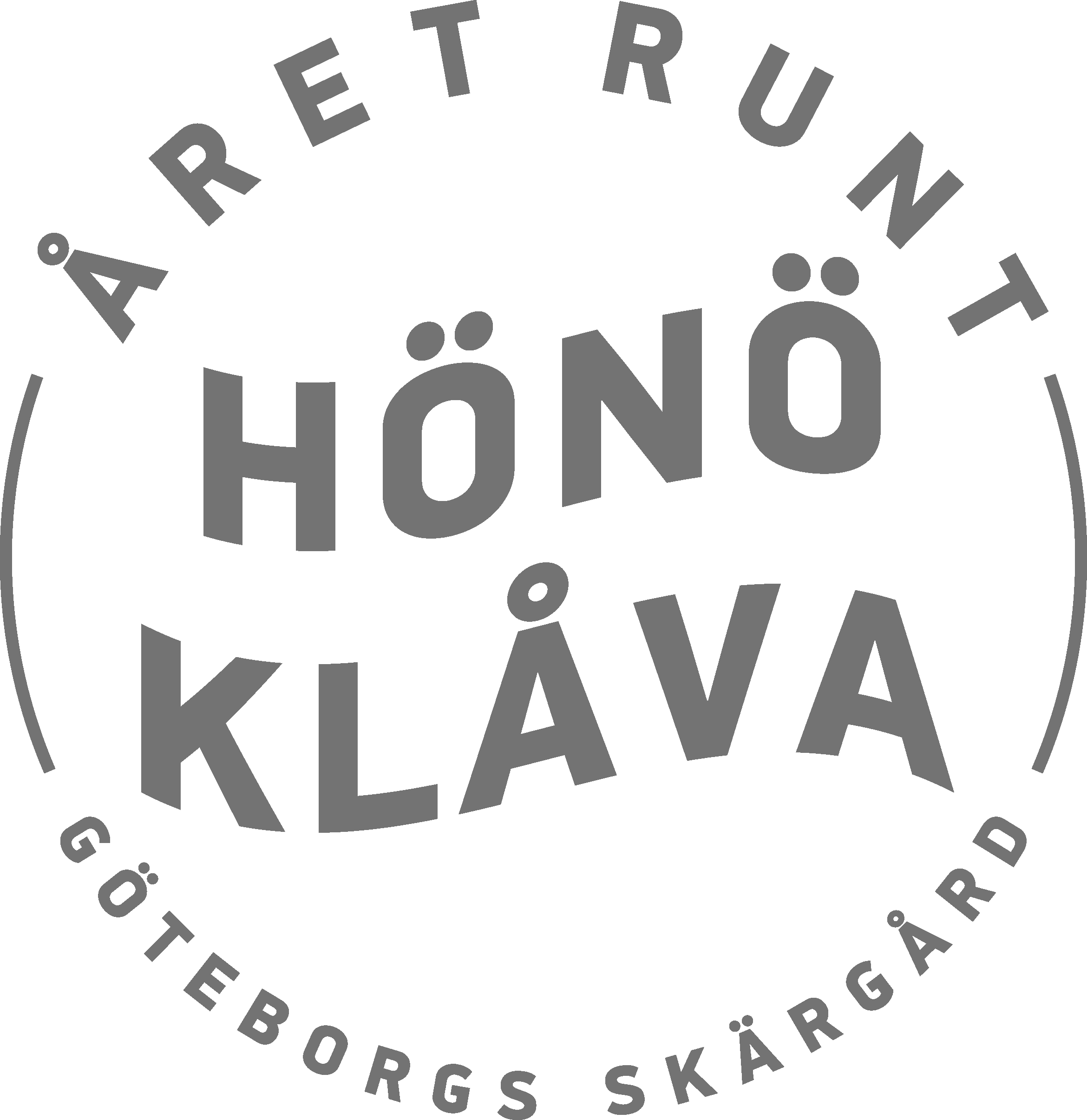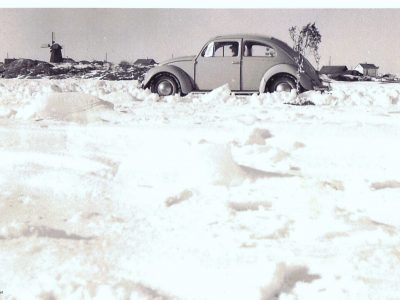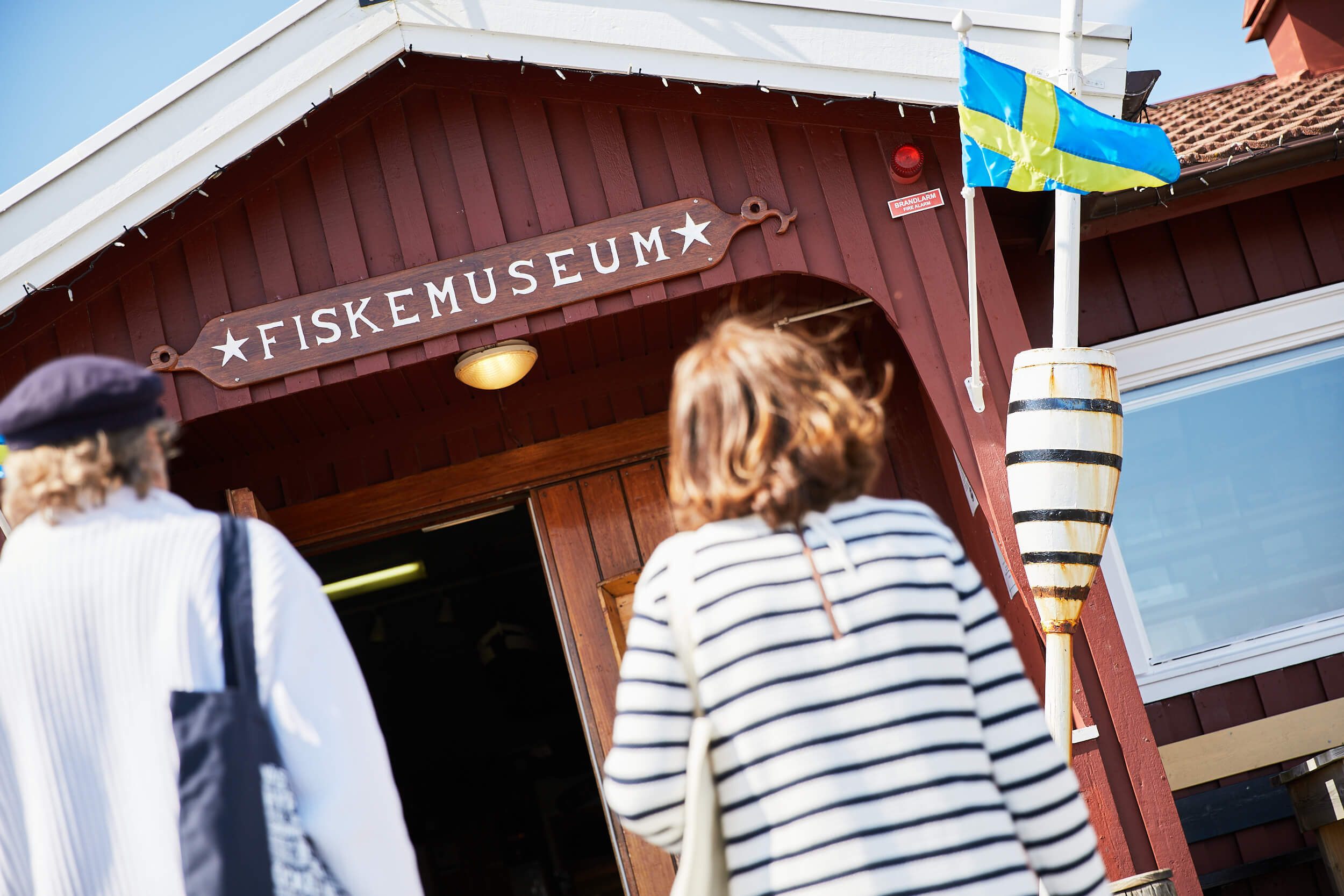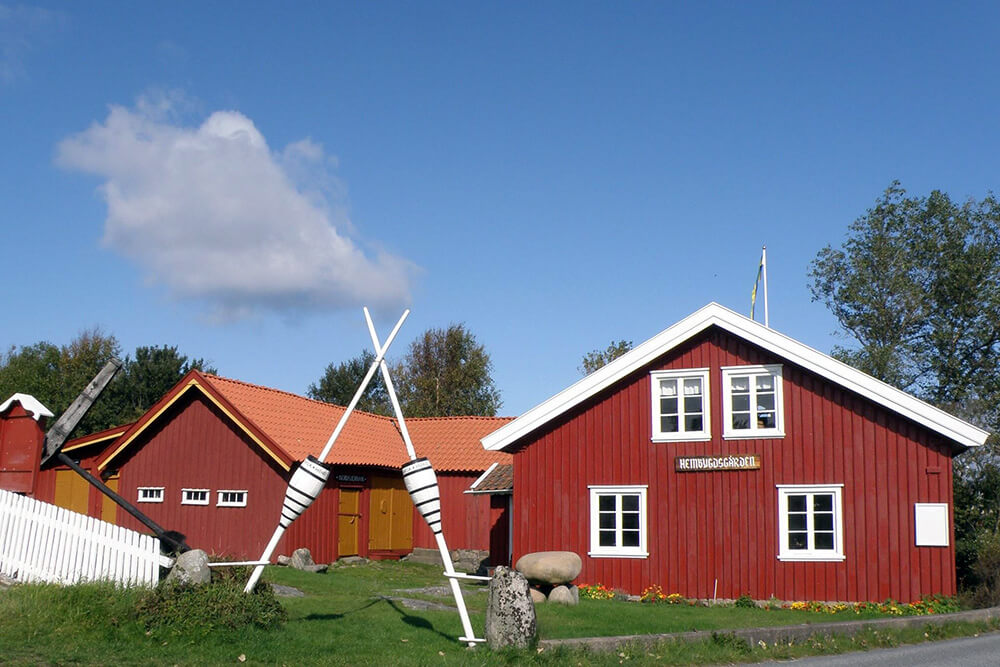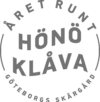HISTORY OF HÖNÖ
History of Hönö
Hönö’s very long history is all about fishing, agriculture, trade, travel and war. Here there are monuments, remains and stories that stretch all the way back to the Bronze age.
The name Hönö comes from the ancient Nordic word hein, which means whetstone and refers to the island’s round, smooth outcrops.
Klåva emerges
The settlements on Honö were, until the middle of the 1800s, concentrated into four villages: Gårda, Heden, Röd and Hult. There were not many buildings on Klåva. There were sheds, jetties and a few houses where only fishermen lived who were known at the time as “beach-sitters”.
Eventually Klåva derived its name from the crack in the rock that formed a sheltered harbour, and it grew together with the nearby village of Hult.
Not before the middle of the 1800s, during the last herring period when there was plenty of money, were most of today’s houses on Klåva built. They invested in Bohuslän-type semi-detached houses that were popular at that time.
Klåva fish harbour
The last herring period boosted the economy. Growth was the fastest of all the parish’s ports and Klåva eventually became the largest fishing village in the country.
Half of Bohuslän’s motor trawlers before the first world war were to be found in Klåva harbour. Klåva fishermen took the lead when it came to method and equipment. Between 1917 and 1960 the harbour was expanded several times as the number of homes increased and fishing grew. In the 1950s there were around 550 fishermen on Hönö.
At the beginning of the 1900s Klåva became a holiday destination. Klåva residents moved down into the cellars and rented out their homes to city-dwellers, and south west of the harbour Hönö sea baths were built. The building is today a rehab holiday home. The architecture in Klåva reflects the 1920’s neoclassic style with much ornate woodwork.
Image gallery from Klåva
Images from the Fishing Museum
Associations
The Fishing Museum
In Klåva you will find the Fishing Museum, which shows what the old fishing boats looked like, where they were built and how the fishing was carried out. Here the lives of the coastal residents and the development of fishing throughout history is portrayed. The fishing boat Normy is built into the museum so that you can get a clear picture of how the boats looked in the past. Hönö’s history during the second world war is also collected in the museum. A time when the municipality was very vulnerable.
Go up the tower to see all the way to Vinga, look through a submarine periscope or follow the shipping traffic at sea. Kågen, an old snipe sailing boat is preserved on the quayside outside the museum.
The Fishing Museum is also an InfoPoint for Öckerö municipality so you can pick up a free map there.
Hönö Homestead Farm
Hönö Homestead Farm is located in Gårda in central Hönö and was built in the early 1860s. It is an old farmer’s and fisherman’s farm. There is an old-fashioned general store, August I Löckas from 1914, a wagon shed, a barn, a dwelling house and a boatman’s cottage. In the Barn you will find old fishing and agricultural tools and school cards from Hönö 1892-1970.
Johannes Berndtsson, his wife Olena Berndtsdotter and their four children lived at the farm. The farm was named for the two girls Anna and Olga. Töseras. The girls lived on the farm their entire lives and then the association took over. Furniture, household equipment and other objects were left, while other items were donated. In the dwelling is a baking oven which was used extensively for baking hönökaka wheat-bread.
